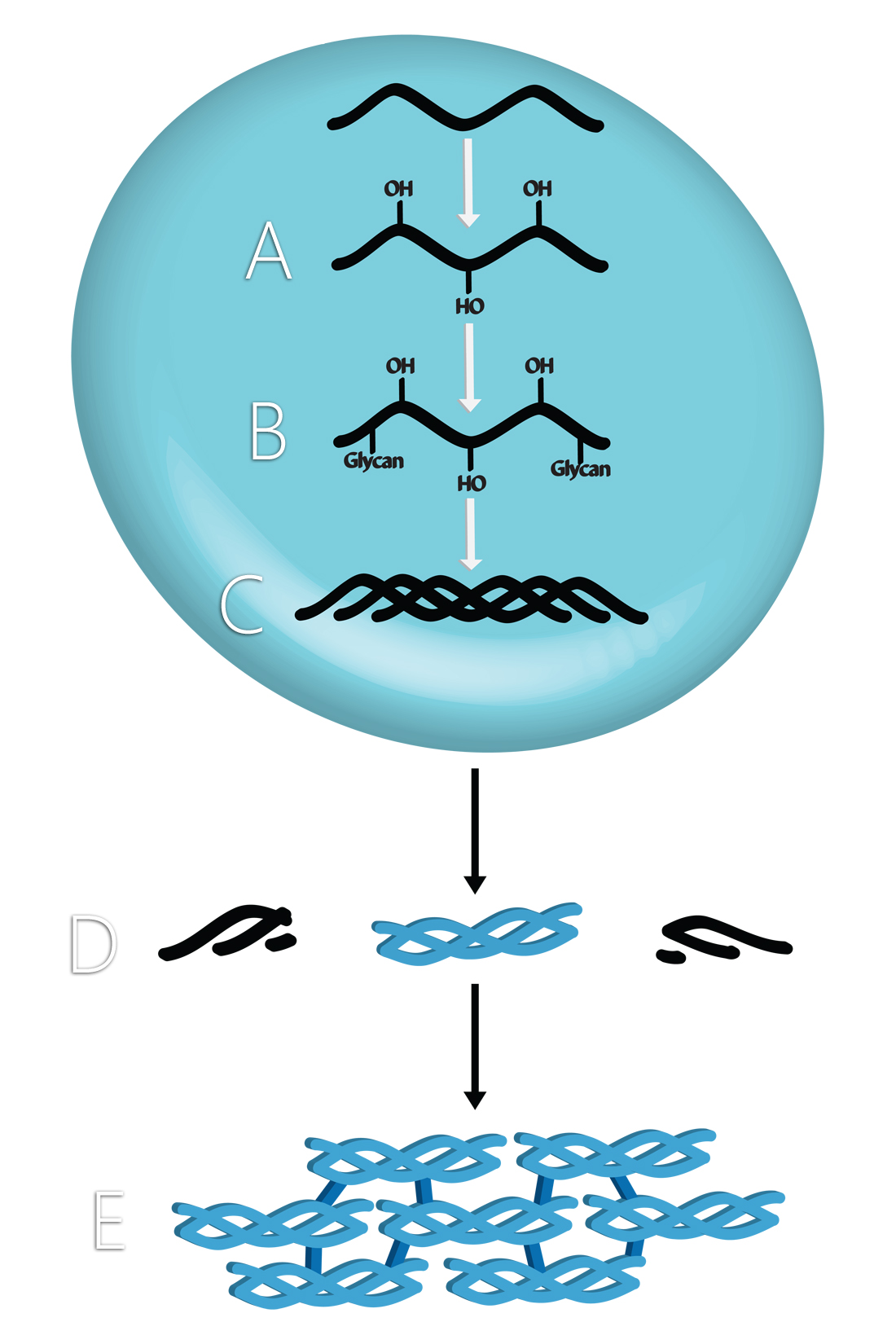WBR0644
Jump to navigation
Jump to search
| Author | [[PageAuthor::Serge Korjian M.D. (Reviewed by Serge Korjian)]] |
|---|---|
| Exam Type | ExamType::USMLE Step 1 |
| Main Category | MainCategory::Biochemistry |
| Sub Category | SubCategory::Dermatology, SubCategory::General Principles |
| Prompt | [[Prompt::A 54-year-old homeless, alcoholic man with history of multiple hospital admissions presents to the emergency department for 3 hours of increasing shortness of breath. On admission, the patient is afebrile, his heart rate is 102/min, blood pressure is 143/89 mmHg, and respiratory rate is 24/min. Physical examination reveals several large bruises on the man's arms, legs, and anterior abdomen. Examination of the oral cavity reveals poor denition with severely swollen gums. The physician also notes 2 ulcers on the man's left sole which were present the last time the patient was admitted to the hospital 4 months ago. Which of the following steps in collagen synthesis is likely to be defective in this patient? |
| Answer A | AnswerA::A |
| Answer A Explanation | AnswerAExp::This step refers to the hydroxylation of proline and lysine residues mediated by Vitamin C. Scurvy would lead to a defect in this phase of collagen synthesis. |
| Answer B | AnswerB::B |
| Answer B Explanation | AnswerBExp::This step refers to glycosylation of specific residues in the collagen chain. It is not affected by vitamin C deficiency. |
| Answer C | AnswerC::C |
| Answer C Explanation | AnswerCExp::This step refers to collagen triple helix (procollagen) formation. It is defective in osteogenesis imperfecta. It is not affected by vitamin C deficiency. |
| Answer D | AnswerD::D |
| Answer D Explanation | AnswerDExp::This step refers to the cleavage of the terminal regions of procollagen. It is not affected by vitamin C deficiency. |
| Answer E | AnswerE::E |
| Answer E Explanation | AnswerEExp::This refers to collagen cross-linking via lysyl-oxidase (requires copper). This step is defective in Ehlers-Danlos disease. It is not affected by vitamin C deficiency. |
| Right Answer | RightAnswer::A |
| Explanation | [[Explanation::Scurvy is a relatively rare disease occuring in patients with severe vitamin C deficiency. As vitamin C is essential for the hydroxylation of proline and lysine residues during collagen synthesis, its deficiency leads signs of collagen abnormality. Patients initially complain of nonspecific malaise and fatigue that progresses to bony pain and dyspnea. Physical exam reveals multiple bruises compatible with a decrease in collagen synthesis in the skin. Other signs include swollen gums, poor wound healing, and anemia. Scurvy is usually seen only in patients with very poor nutrition since vitamin C is redundantly present in most diets. Patients at risk for scurvy include those who are elderly or alcoholic, those with chronic malnutrition, and men living alone, termed "widower scurvy". Treatment is usually restricted to vitamin C supplementation and supportive care. Educational Objective: Vitamin C is important in the hydroxylation of proline and lysine residues during collagen synthesis. Vitamin C deficiency lead to scurvy characterized by ecchymoses, swollen gums, and poor wound healing. |
| Approved | Approved::Yes |
| Keyword | WBRKeyword::Scurvy, WBRKeyword::Vitamin C deficiency, WBRKeyword::Collagen synthesis, WBRKeyword::Collagen synthesis defects, WBRKeyword::Collagen, WBRKeyword::Vitamin C |
| Linked Question | Linked:: |
| Order in Linked Questions | LinkedOrder:: |
